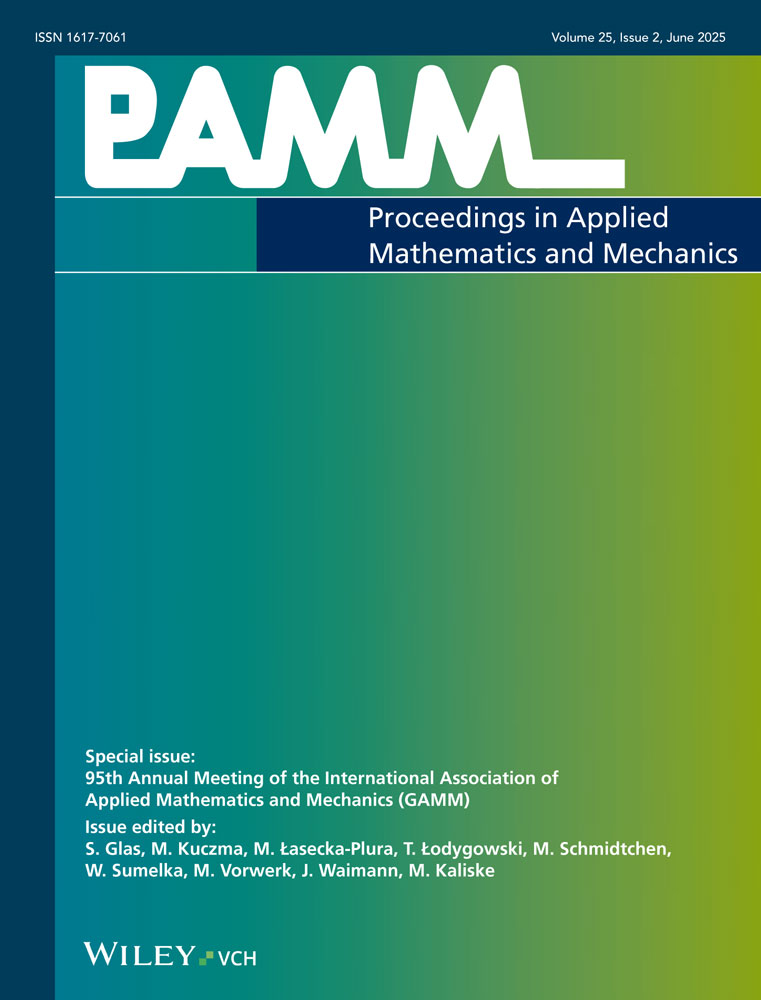An insight into the rotational stall delay
Abstract
Blade element momentum (BEM) theory which is based on the two-dimensional (2D) aerodynamic properties of airfoil blade element is the most common computational engineering method for the prediction of loads and power curves of wind turbines. Although most BEM models yield acceptable results for high tip-speed ratios where the local angles of attack are small, no generally accepted model exists up to date that consistently predicts the loads and power in stall regime for stall-controlled turbines. Understanding of the stall delay phenomenon on wind turbines remains, to this day, incomplete. The lack of a conceptual model for the complex three-dimensional (3D) flow field on the rotor blade, where stall is begins, how it progresses and where stall is practically terminated, has hindered the finding of a unanimously accepted solution. The paper aims at giving a better understanding of the delayed stall events and a reasonably simple correction model that complements the 2D airfoil characteristics used to a BEM method. (© 2012 Wiley-VCH Verlag GmbH & Co. KGaA, Weinheim)




